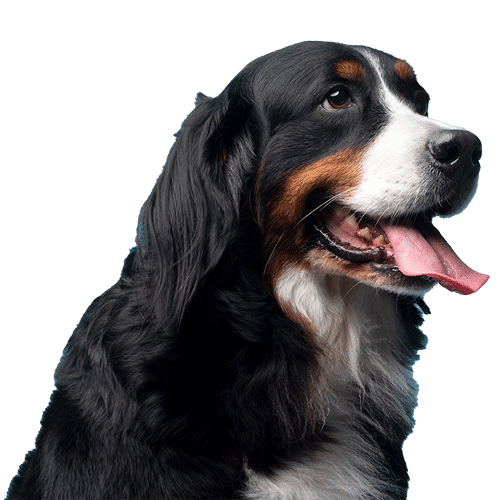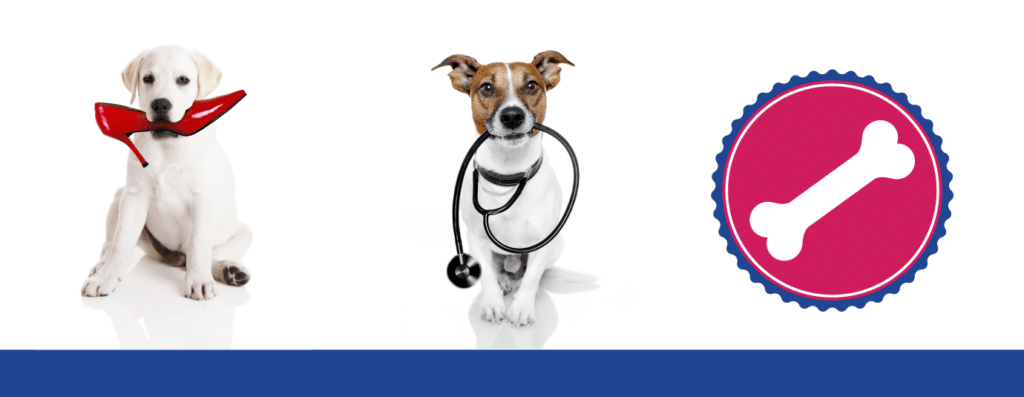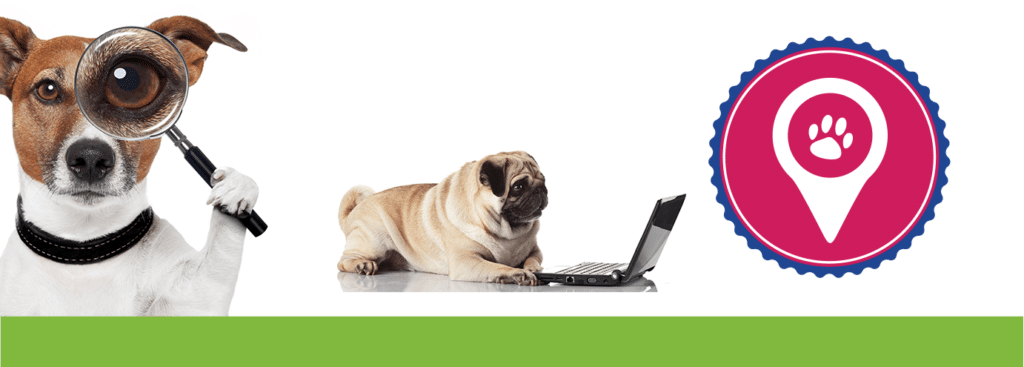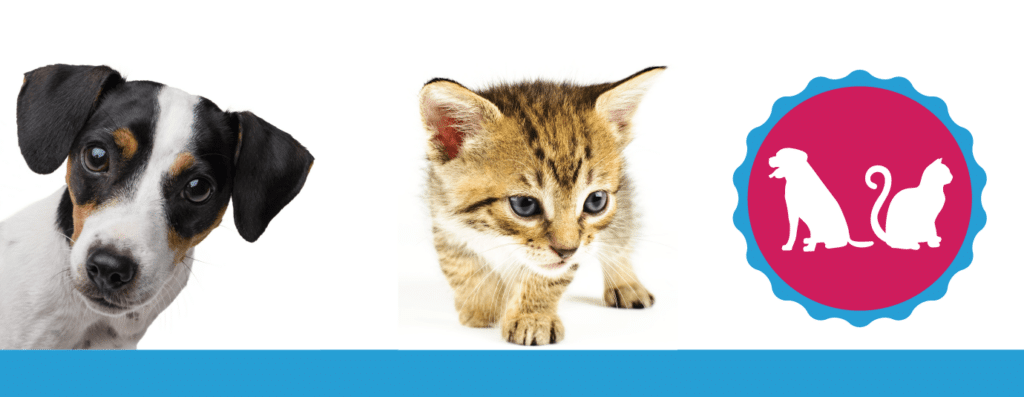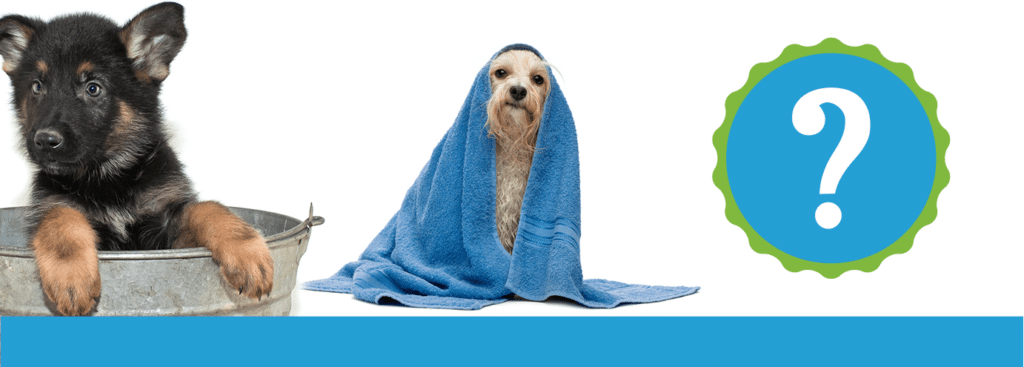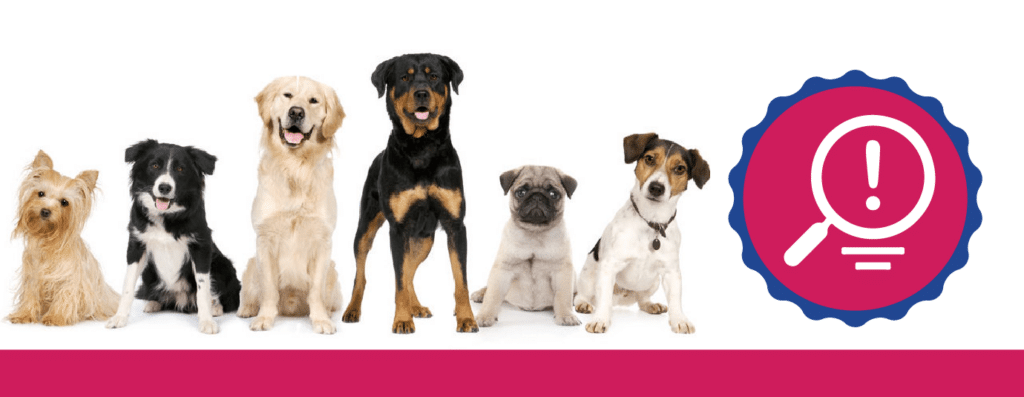Most Serious Diseases in Pets
Despite all the energy they have and how they always seem to have the best attitudes, our pets are not resistant to illness. A large problem in the pet industry is pet parents who avoid going to the vet for […]
Most Serious Diseases in Pets Read Post
